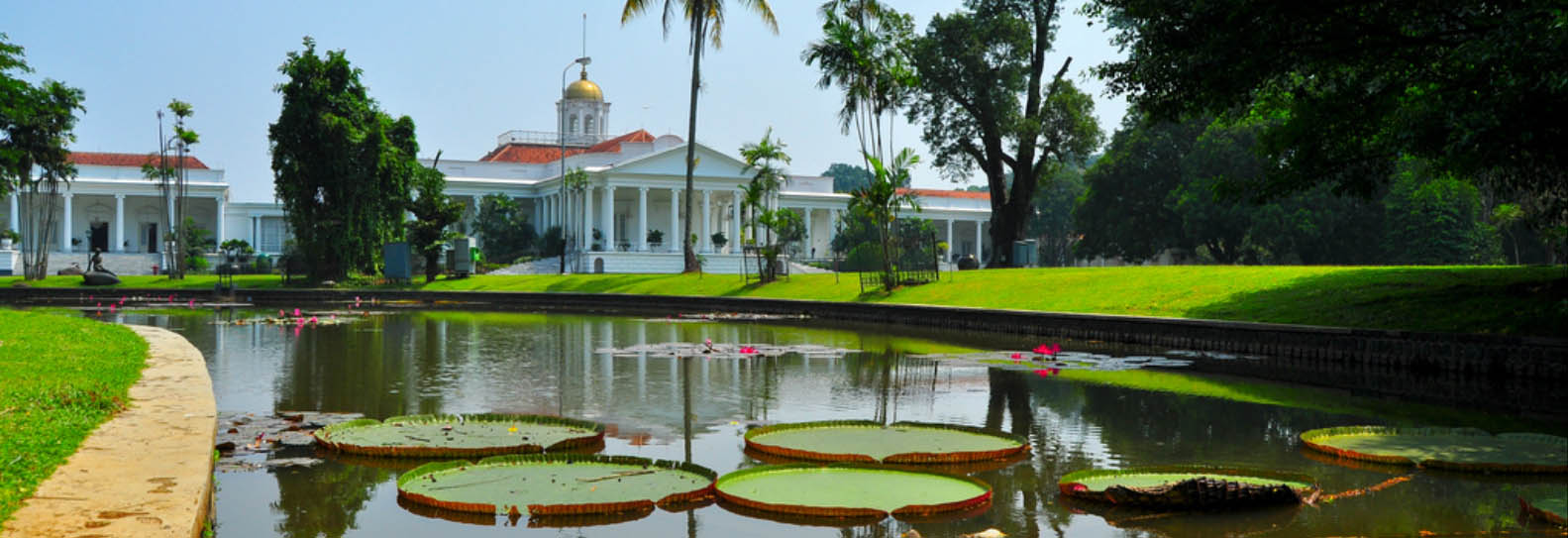After departing Seram the next stage of my Indonesian adventure was to meet up with my boss Daryl Kitchener in Jakarta. This large, hectic city was a complete contrast to the distant forests of the island that had been home for 3 months. Darryl was Curator of the Mammal Department at the Western Australian Museum at the time and our mission for the next two months was to continue surveying the mammal fauna of Java and Lombok.
Going batty
We knew that fruit bat was on the menu in some of the local restaurants and so a visit to these establishments seemed like a easy way of collecting a few bats. We jumped into a bemo and headed off to the first restaurant but discovered no bats on the menu that night. They directed us to a second restaurant but alas same outcome. And so it went on through the evening. The bats eluded us until eventually we found ourselves looking for yet another restaurant in a pretty rough, run down part of the city and so decided it would be wiser and safer to give up and head back to the hotel.
Beautiful Bogor
Next stop was Bogor, 60km south of Jakarta, where we stayed for several days at a beautiful Dutch colonial guest house in the Bogor Botanical Garden. The garden covers more than 80 hectares and is situated in the city centre of Bogor where it adjoins the Istana Bogor, the Presidential Palace (pictured above courtesy of Masagus.zulfikar). The gardens were officially opened in 1817 and were used to research and develop plants and seeds from other parts of the Indonesian archipelago for cultivation during the 19th century. It was from these gardens that various colonial cash crops such as tea, cassava, tobacco and cinchona were developed by Dutch botanists. This is a tradition that continues today and contributes to the garden’s reputation as a major centre for botanical research.
Today the Botanical Garden contains more than 15,000 species of trees and plants located among streams and lotus ponds. There are 400 types of palms to be found along the extensive lawns and avenues, helping the gardens create a refuge for more than 50 different varieties of birds and for groups of bats roosting high in the trees. The orchid houses contain some 3000 varieties. Less obvious residents include an array of magnificent tropical insects and huge emerald green scorpions that scuttle along the avenues in broad daylight – fascinating but fearsome looking!
It was in Bogor that we met up with Maharadatunkumsi (‘Datun’ for short) who would join us for the next few weeks. Datun was a staff member with LIPI (Lembaga Ilmu Pengetahuan Indonesia) which translates into the Indonesian Institute of Sciences, the government authority for science and research in Indonesia. LIPI manages 4 botanical gardens in Indonesia, which all developed during the Dutch colonial period. These include the gardens at Bogor, the Purwodadi Botanical Garden in Central Java, the Bedugul Botanical Garden in Bali and a botanical garden at Cibodas – our next stop.
Cibodas
Cibodas Botanic Garden is 45 km southeast of Bogor on the slopes of Mount Gede-Pangrango where the weather is cool (18°C) and moist. This misty retreat was founded in 1862 by the botanist and curator Johannes Elias Teysjmann as an extension of the Bogor Botanic Garden.
The Garden contains beautiful mountain scenery with impressive views across the Cipanas valley of West Java. It covers about 125 ha of undulating topography, with large grassy expanses, rocky coniferous areas, and valleys filled with tree ferns and waterfalls and is a popular recreational centre for the greater Jakarta area as well as a research station for students and scientists studying tropical montane flora.
The Garden currently maintains a collection of almost 6000 living specimens from 1200 species. Among the most prominent collections of the Cibodas Botanic Garden are the floral gardens, cacti and succulents, bamboo, palms, conifers, Euphorbia and Myrtaceae collections. Native Indonesian plants worth seeing include the orchids, the fern collection, the Indonesian oak and chestnut, and the Javanese Rhododendron.

Magic mountains
My recollections of a special week spent at Cibodas were eggs, eggs and more eggs. We ate them at every meal. Ironically I grew up on a chicken farm and I’m not especially fond of eggs but still appreciated the fine meals that our wonderful hosts provided. The food was delicious and kept my belly full on those long days when I spent the evenings tending the mist nets. The gardens were just stunning and featured an amazing variety of incredible plants and magnificent views. But it was as darkness fell that the magic really happened.
As the sun set and the evening sky turned from indigo to shades of pink and purple, the call to prayer would be sung in the small towns below the mountain and echo along the valley to the Garden. One of my photos captures the colours of the evening sky at that moment but not the bliss I felt by being immersed in a culture and a landscape so different to my own. Nor did my magical nights end there.
Retreating into the forest on the edge of the garden I would sit near one of the mist nets we had set up in case it collected a fruit bat. Away from the cities and towns the gardens were utterly cloaked in darkness and it would have been a long, lonely wait beside the mist net if it weren’t for the spectacular display I got to watch each night. Hundreds of tiny fireflies danced about in the cool night air and transformed the scene into a magical, mystery garden. These light shows were one of the highlights of my time in Indonesia.
Firefly photo courtesy of Mushimizu

